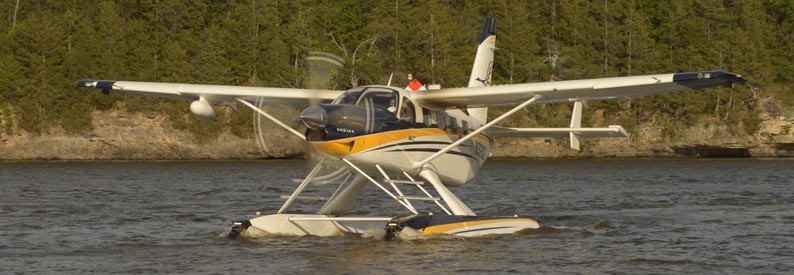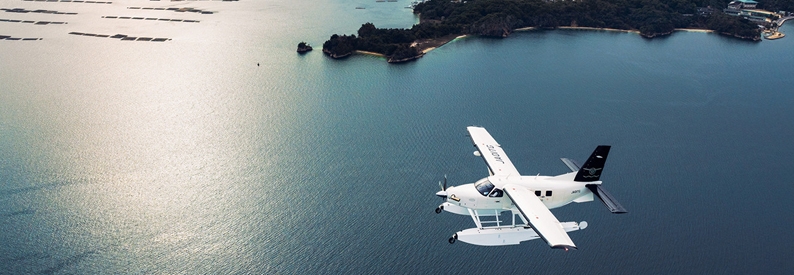India’s Ministry of Ports, Shipping, and Waterways has launched a “game-changer” of a project to link at least 19 locations on the mainland’s inland waterways and the Lakshadweep and the Andaman and Nicobar archipelagos by seaplane, according to a government statement.
Part of the SagarMala Programme, a government initiative originally started in 2015 aimed at unlocking the logistics potential of the country’s waterways and coastline, the project has studied the possibilities of adopting the Maldives’ model of transport infrastructure development, sources told the Times of India when the scheme was initially announced in June 2020.
The ministry has revealed that the project, going by the name SagarMala Seaplane Services, will be operated under a special purpose vehicle (SPV) framework through “prospective airline operators”.
The services “will facilitate faster and hassle-free travel across the country” on “select routes” under the ministry’s SagarMala Development Company Ltd (SDCL), the January 4 statement explained.
Proposed routes and destinations under the hub-and-spoke model include:
- the Yamuna River in Delhi to Ayodhaya, Tehri, Srinagar, Chandigarh, and “many other tourist places” in the Indian states of Punjab and Himachal Pradesh;
- Mumbai to Shirdi, Lonavala, and Ganpatipule;
- Surat to Dwarka, Mandvi and Kandla;
- Khindsi Lake in the Nagpur district to the Tadoba Erai Dam in Chandrapur;
- Guwahati riverfront to the Umrangso Reservoir in Assam;
- various islands of the Andaman & Nicobar and Lakshadweep archipelagos;
- and “any other routes suggested by the operators.”
One seaplane service already in operation was inaugurated by Prime Minister Narendra Modi on October 31, 2020, in Gujarat between the Sabarmati riverfront in Ahmedabad and the town of Kevadia.
To run such services, the SDCL “is keen to associate with interested scheduled/non-scheduled airline operators,” the statement offered.
The project “will utilise nearby water bodies for take-off and landing and thus connect these places in a much [more] economical way [than] conventional airport infrastructure, [as, for example,] a runway and terminal buildings are not required for seaplane operations.” It “will enormously boost tourism and business activities,” the statement concluded.

